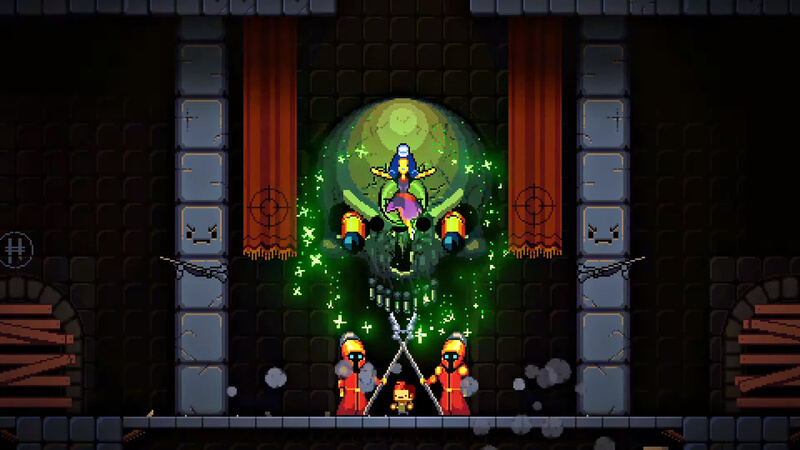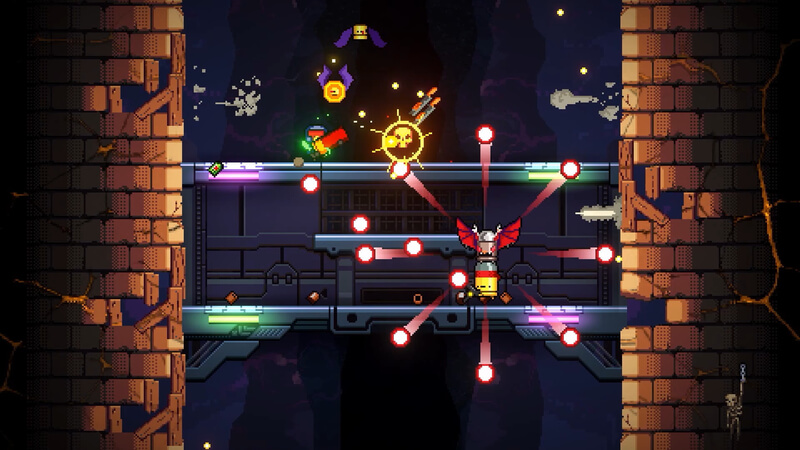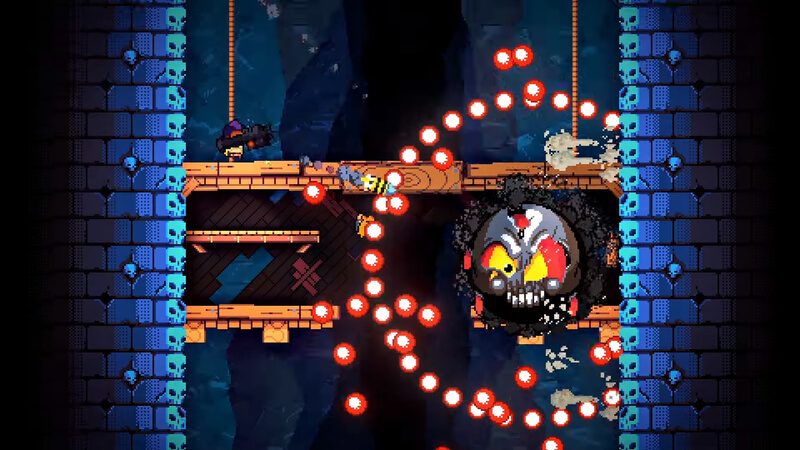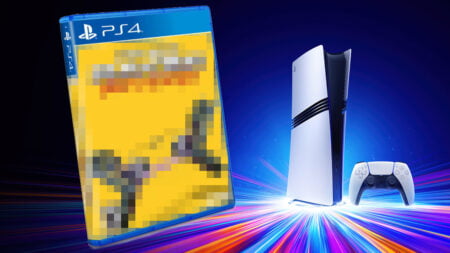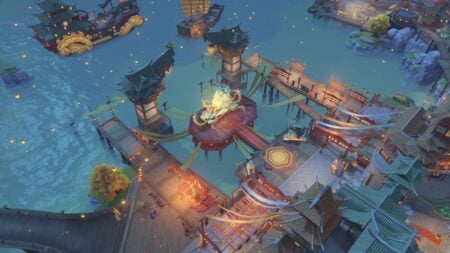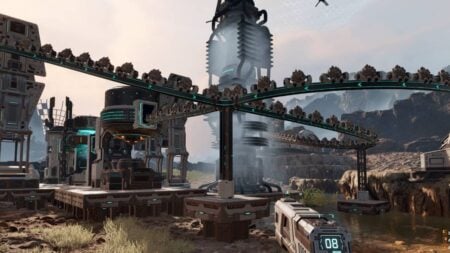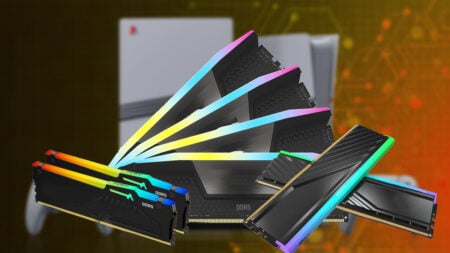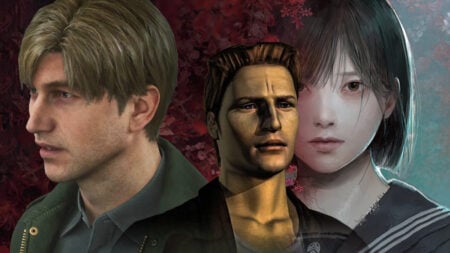Skip To...
Title: Exit The Gungeon
Developer: Dodge Roll, Singlecore
Publisher: Devolver Digital
Genre: Bullet hell, Dungeon Climber
Available On: Apple Arcade, Steam, Nintendo Switch
Official Site: Devolver
Release Date: March 17, 2020
Where to Buy: Apple Arcade, Nintendo Switch, Steam
Exit the Gungeon was initially touted as a spin-off to Enter the Gungeon with different mechanics, despite the fact it chronologically takes place directly after the first. This was a good move. Exit the Gungeon is an entirely different beast, and calling it a sequel might have been misleading. Saying this, one can’t help but compare it as they have some defined and intentional similarities. Can it hold a candle to the original, or should it be the left in the Gungeon?
How are they related?
Mechanically, Exit the Gungeon is fundamentally different to Enter. It takes place in the same storyline, has the same aesthetic, and shares some of the same controls, but it is obviously very different. The original was a roguelike top-down bullet hell game. It featured random runs by linking premade rooms together, achieving a procedural generation style. This was a good way of world-building as it made random runs that had some sense of level consistency. Some of the same tricks worked on certain levels, and you often had an innate understanding of each room even though they had tricks up their sleeve. It felt instantly playable but had a decent skill gap.
What made Enter the Gungeon work so well was a combination of design choices. Its world was weird, unique, and charming. It had tight gameplay that allowed you to: hide behind cover you assemble, dodged through bullets, and pick up a variety of upgrades to make each run feel unique. It was packed with plenty of unique guns, gun themed enemies, and gun arenas. Did I mention it had guns?
What is Exit The Gungeon?
Exit The Gungeon, on the other hand, is a 2d sidescroller bullet hell with even fewer roguelike elements. Enter the Gungeon’s classic roll mechanic still exists but now has a verticality to it. The roll can be used to ignore bullets entirely. Instead of trying to dodge bullets, it’s often better to roll through them to get to a better position. For the most part, it foregoes Enter’s cover mechanic entirely and opts for much smaller areas. This doesn’t work quite as well as Enter but provides short bursts of close engaging combat.
Instead of allowing you to loot and shoot your way through floors, you are given new guns from an ethereal being in the form of a “blessing” This often embodies the form of a new gun every twenty to thirty seconds. This is, initially, rather fascinating. Never feeling sure of your weapon, area, or enemies is a shocking change from the more structured feel of Enter The Gungeon offered. Although every run was random, you figure out what guns and items work for you, often ending in a similar place.
C-C-C-Combo
Exit The Gungeon is made even more hectic by its combo system. In this you, you are rewarded by upholding a combo. Consecutive kills and hits hold this combo. Mostly, the crazier your capture footage, the better. This philosophy is something Innate in both Dodge Roll and Devolver Digital’s philosophy. Although E3 is canceled this year, there is no doubt in my mind Devolver is planning something wild, meta, and filled with blood.
This naturally brings one to the story. You are placed directly at the end of Enter The Gungeon and are now tasked with exiting said Gungeon. The story has some beats to it as characters changed to accommodate the story or maybe don’t change as much as you think, but the story isn’t really what is important. Both titles are fundamentally about the gameplay. It is a game you can turn off your brain and just make your way through. It has a challenging but not frustrating sense of difficulty, just like the previous title, but its gameplay loop doesn’t work nearly as well.
Replayability
While the focus on combos and randomly assigned guns are initially intriguing, it ends up being rather tiresome. Taking away the sense that your run is actually yours and replacing it with a system that feels stale quickly just reminds me of what worked so well about Enter the Gungeon. The interesting gun mechanics don’t shake up the gameplay fundamentally enough to really offer that much and end up feeling far more like an aesthetic change than a gameplay one. This is a shame as the style of Exit the Gungeon is superb.
Its voxel art is often surprisingly pretty, in a weird mechanical way and its callback and reference humor fit in well with its over the top style. Furthermore, its cheesy part synth, part industrial, part hip hop theme tune is a ridiculously over the top earworm I’ve been humming throughout practically my entire playtime
Verdict:
Ultimately, while Exit the Gungeon has many good aspects and qualities to it, such as its style and music, its gameplay feels fundamentally flawed and just doesn’t work as well as their previous title. While it is a smaller game and demands a lower price point in return, one can’t help but wish they had just focused on a full-fledged sequel rather than tease us with something a bit worse.
[review]


